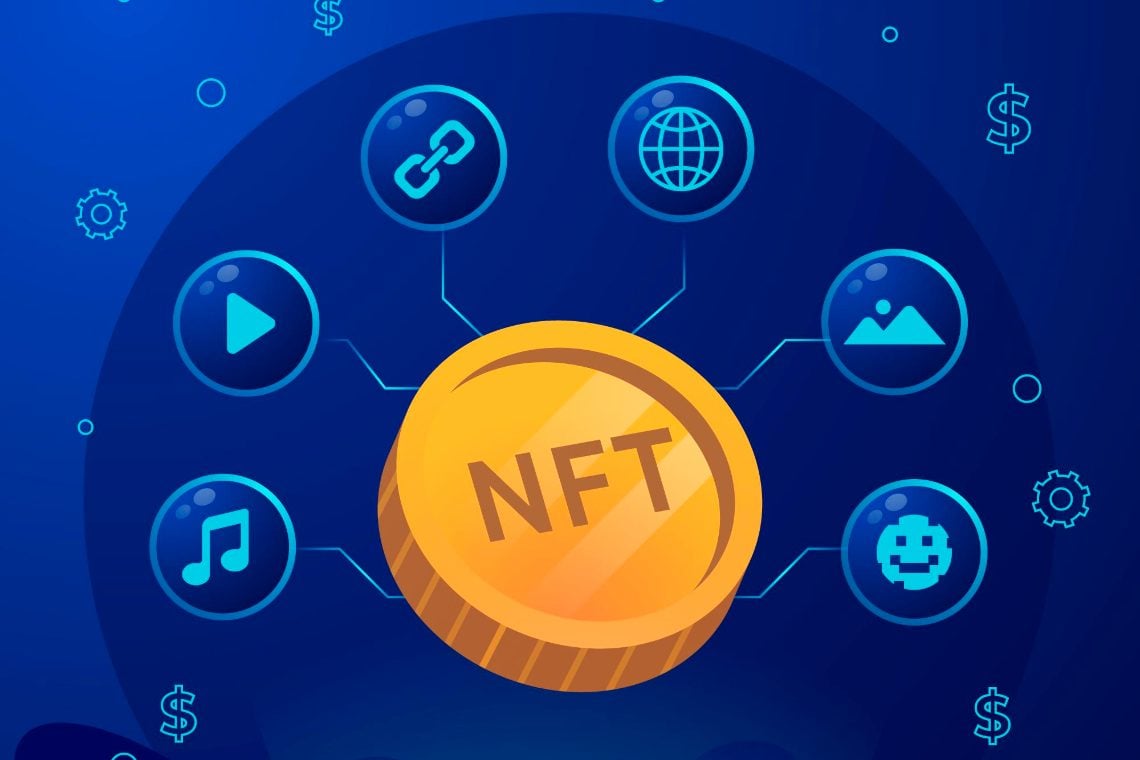How does the Binance NFT programme work
2 min read
Today Binance revealed more information about its NFT programme, as the exchange’s marketplace dedicated to non-fungible tokens will be launched in June.
As the launch of the platform is imminent, Binance is looking for artists or NFT creators to start selling right away.
To do so, Binance invites people to send an email to nft@binance.com to submit their application to join the NFT creators who will be able to start selling their non-fungible tokens there from the first month of the platform’s life.
These non-fungible tokens do not have to be artistic but can also be playing cards, sports and gaming related.
NFTs will accept formats such as MP4, MPEG, AVI, wav, mp3, jpg, png, svg, gif, pdf up to 50MB each. In order to start exhibiting you will need to have an account on Binance and BNB tokens. The fees are 1%, as are the royalties on the secondary market.
For its part, Binance will promote the NFTs in its marketplace, and with over 3 million followers on the Twitter social network alone, this is certainly significant exposure.
As mentioned, the platform will launch in June, but the exact date has not yet been revealed.
More about Binance’s NFT programme
According to an interview with the Binance team by The Cryptonomist a few days ago, the exchange is also preparing its own line of NFTs.
Furthermore, during an audio chat on Clubhouse in early May, Lucia Quaglia of the Italian Binance team explained that the platform is very interested in attracting the most well-known artists in the industry, as well as onboarding famous traditional artists who want to start doing NFTs as well.
The post How does the Binance NFT programme work appeared first on The Cryptonomist.






